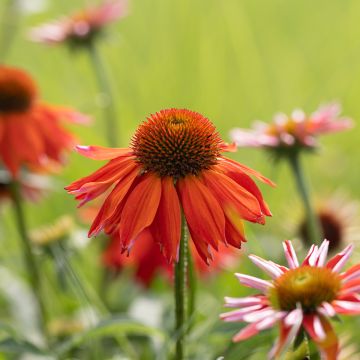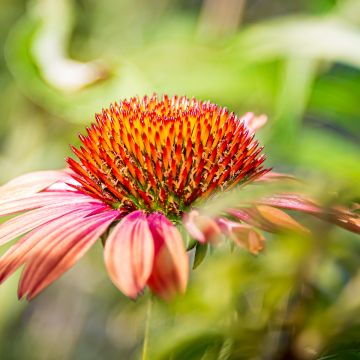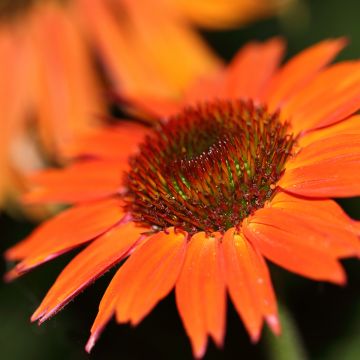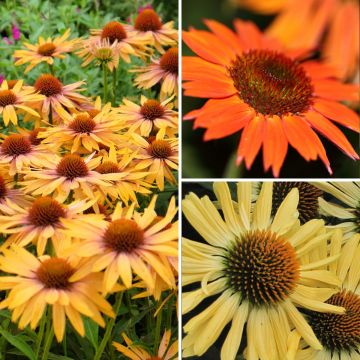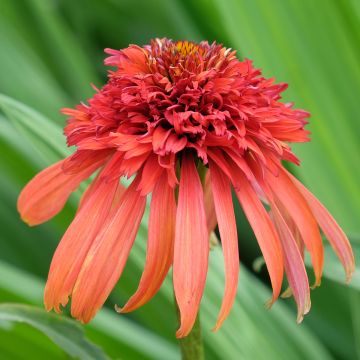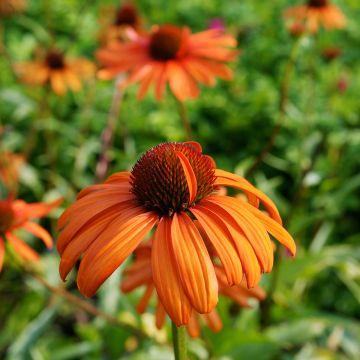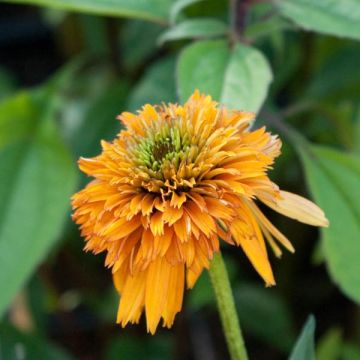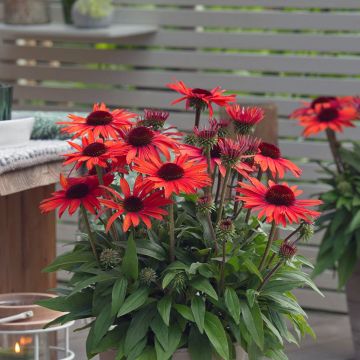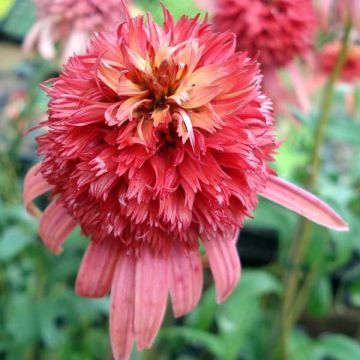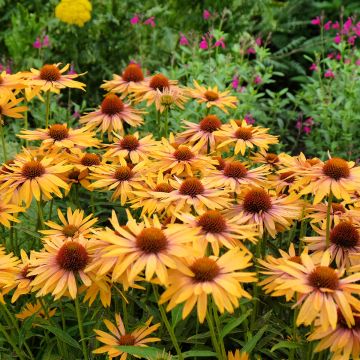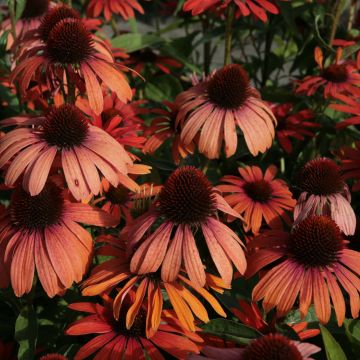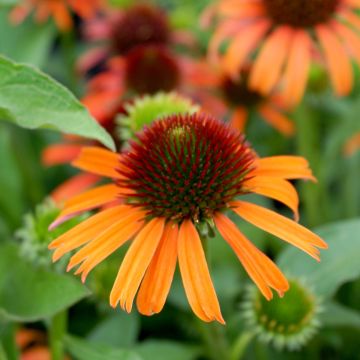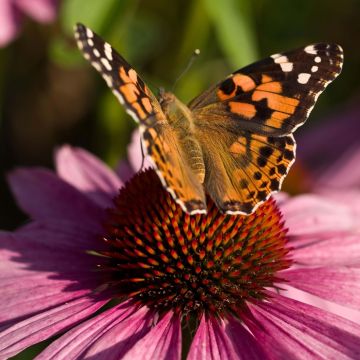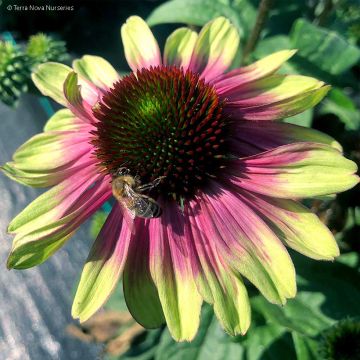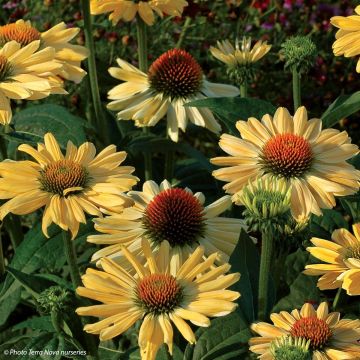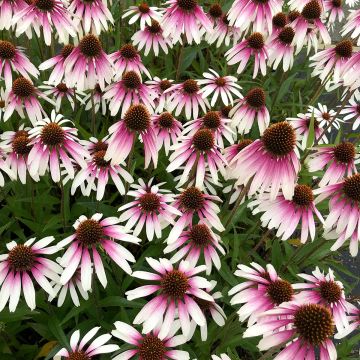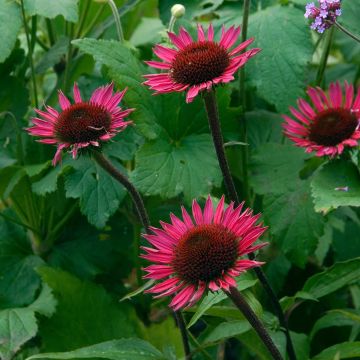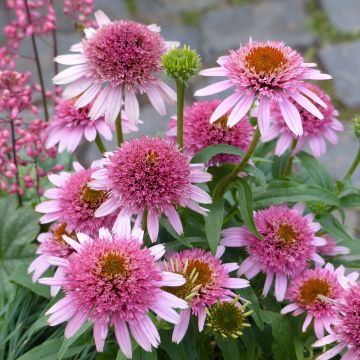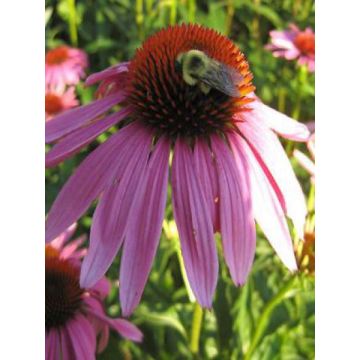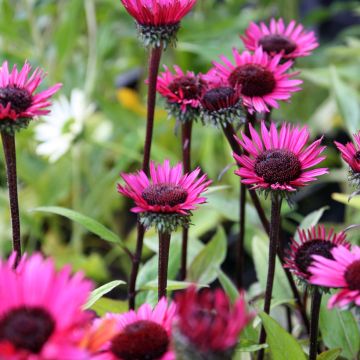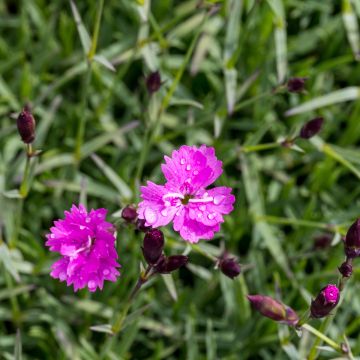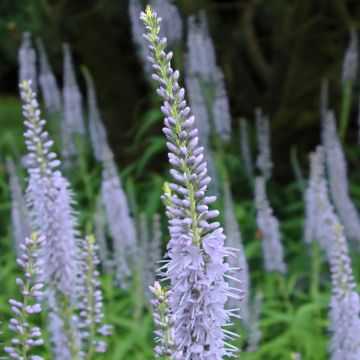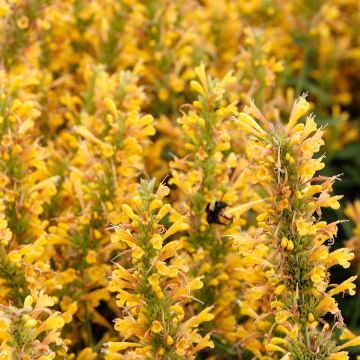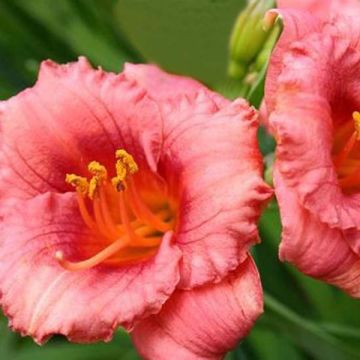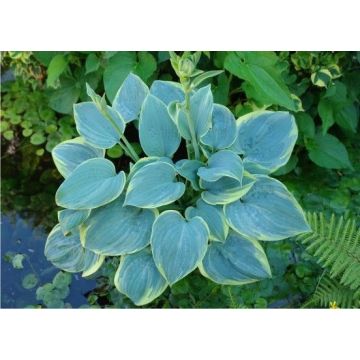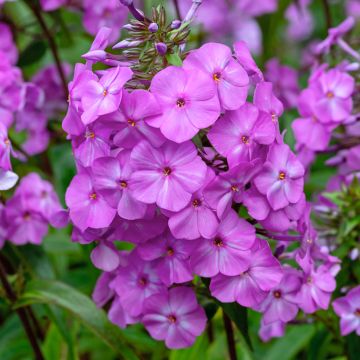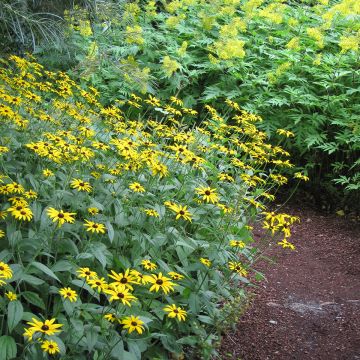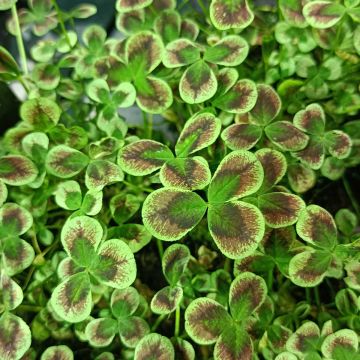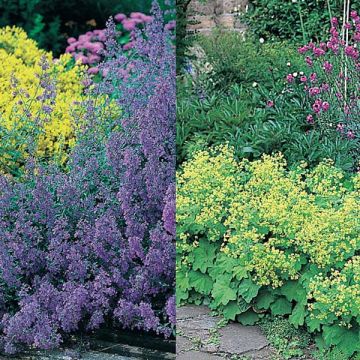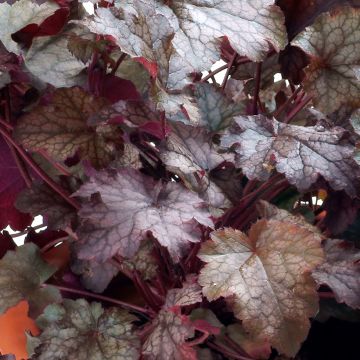Shipping country and language
Your country of residence may be:
Your country of residence is:
For a better user experience on our website, you can select:
Your shipping country:
Andorra
Austria
Belgium
Bulgaria
Canada
Chile
Croatia
Cyprus
Czechia
Denmark
Estonia
Finland
France
Germany
Greece
Hungary
Iceland
Ireland
Italy
Latvia
Lithuania
Luxembourg
Malta
Monaco
Netherlands
Poland
Portugal
Romania
Slovakia
Slovenia
Spain
Sweden
Switzerland
United Kingdom
We only deliver seed and bulb products to your country. If you add other products to your basket, they cannot be shipped.
Language:
French
German
Spanish
English
My Account
Hello
My wish lists
Plantfit
Log in / Register
Existing customer?
New customer?
Create an account to track your orders, access our customer service and, if you wish, make the most of our upcoming offers.
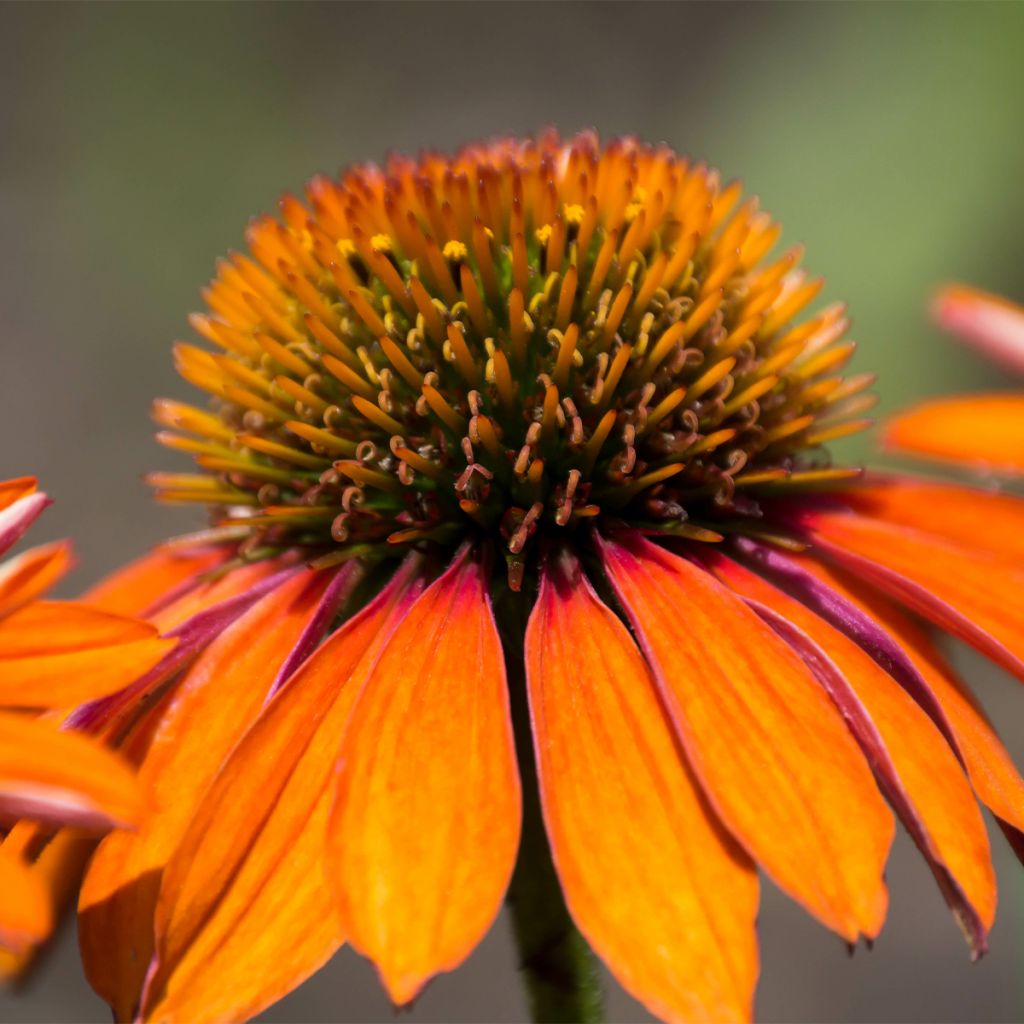

Echinacea Prima Ginger - Rudbeckia
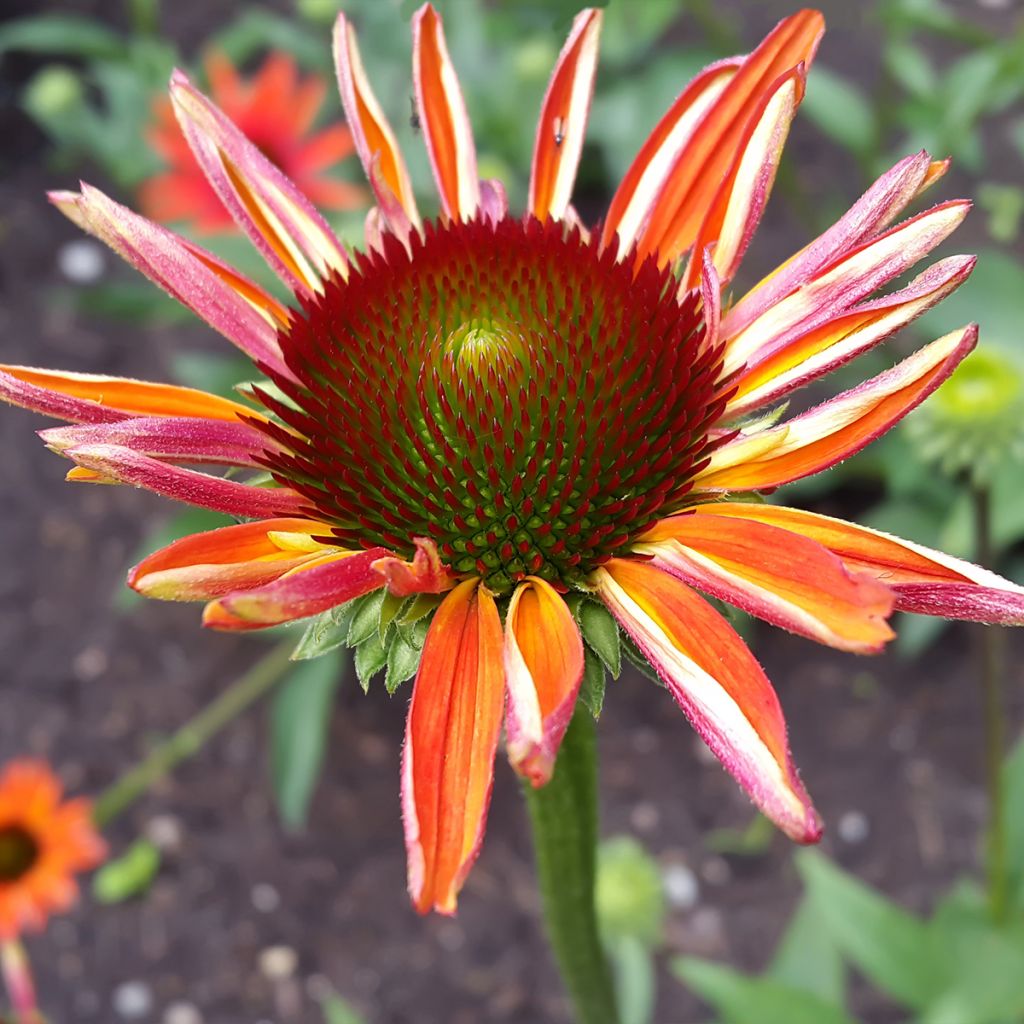

Echinacea Prima Ginger - Rudbeckia
Echinacea purpurea Prima Ginger - Purple Coneflower
Echinacea x purpurea Prima Ginger
Purple Coneflower, Eastern Purple Coneflower
Order received as expected, hoping for a good spring recovery.
Bruno, 18/12/2023
Why not try an alternative variety in stock?
View all →Order in the next for dispatch today!
Dispatch by letter from €3.90.
Delivery charge from €5.90 Oversize package delivery charge from €6.90.
More information
This item is not available in your country.
Schedule delivery date,
and select date in basket
This plant carries a 12 months recovery warranty
More information
We guarantee the quality of our plants for a full growing cycle, and will replace at our expense any plant that fails to recover under normal climatic and planting conditions.
From €5.90 for pickup delivery and €6.90 for home delivery
Express home delivery from €8.90.

Does this plant fit my garden?
Set up your Plantfit profile →
Description
Echinacea Prima Ginger is a variety of Purple Coneflower from the latest generation that combines a compact habit with excellent floribundity, right from the first year of cultivation. The plant forms a small bushy clump that produces a profusion of flowers in various shades of orange, for many weeks in summer. Generous and beautifully coloured, this perennial plant adds a lovely touch of colour to the garden, as well as the balcony or terrace. It grows easily in the sun in ordinary soil.
Echinacea Prima Ginger is part of a series of selected cultivars in the USA by Terra Nova Nurseries for their compact habit and floribundity. Its ancestor, Echinacea purpurea, is a perennial with a strong character, native to the western United States, from Georgia to Michigan, passing through Oklahoma and Ohio. In its natural habitat, the plant colonizes rocky meadows, savannas, open woodlands, and roadside edges.
Echinaceaa Prima Ginger quickly forms a dense clump of well-branched leafy stems, reaching 40cm (16in) in height and 35cm (14in) in width. This plant does not weaken or collapse, showing excellent stability. The leaves are opposite on the stems, lanceolate in shape and green in colour, covered in rough hairs. The flowering begins in June-July and continues until September-October, attracting many butterflies. The stems, reddish-brown in colour, are topped with a solitary inflorescence in a 6-8cm (2-3in) diameter head, with a prominent, rough, rust-coloured disk turning brown, surrounded by ligules resembling petals. Their colour changes from soft orange to salmon and then peach, with a pale red halo around the central cone. The fruit is an achene that releases seeds which birds love. This plant firmly and deeply anchors itself in the soil, thanks to its well-developed root system.
The Purple Echinacea Prima Ginger offers abundant flowering in gently spicy shades that will work wonders in pots or as a border plant, mixed with other compact coneflowers or alongside yarrow, marigolds, globe thistles, perennial salvias... Lighten up the scene by mixing in some ornamental grasses like Stipa tenuifolia, Muhlenbergia capillaris... Splendid in flower beds, the beautiful colours of the Purple Echinacea Prima Ginger are also stunning in fresh or dried flower arrangements.
A medicinal plant: In homeopathy, the root of the echinacea is used to fight colds and strengthen the immune system. These properties were already used by Native Americans. The name Echinacea comes from the Greek echinos which means "hedgehog-like" and acea for "having the shape of," referring to the appearance of the flower's centre.
Flowering
Foliage
Plant habit
Botanical data
Echinacea
x purpurea
Prima Ginger
Asteraceae
Purple Coneflower, Eastern Purple Coneflower
Cultivar or hybrid
Other Echinacea - Coneflower
Planting and care
The Prima Ginger Purple Coneflower requires no special care and is highly resistant to pests and diseases. It is best planted in spring, in a sunny location, in a mix of compost and garden soil. The soil should be deep and loose to accommodate its root system. Mulch the base in May to retain moisture in summer. Remove faded flowers as they appear. Divide the clump when flowering slows down. It is a rhizomatous plant that, if happy, can become invasive. As the plant ages, it becomes more susceptible to aphid attacks and powdery mildew. This plant is sensitive to water shortage during the flowering period.
Planting period
Intended location
Care
- , onOrder confirmed
Reply from on Promesse de fleurs
Summer flowering perennials
Haven't found what you were looking for?
Hardiness is the lowest winter temperature a plant can endure without suffering serious damage or even dying. However, hardiness is affected by location (a sheltered area, such as a patio), protection (winter cover) and soil type (hardiness is improved by well-drained soil).

Photo Sharing Terms & Conditions
In order to encourage gardeners to interact and share their experiences, Promesse de fleurs offers various media enabling content to be uploaded onto its Site - in particular via the ‘Photo sharing’ module.
The User agrees to refrain from:
- Posting any content that is illegal, prejudicial, insulting, racist, inciteful to hatred, revisionist, contrary to public decency, that infringes on privacy or on the privacy rights of third parties, in particular the publicity rights of persons and goods, intellectual property rights, or the right to privacy.
- Submitting content on behalf of a third party;
- Impersonate the identity of a third party and/or publish any personal information about a third party;
In general, the User undertakes to refrain from any unethical behaviour.
All Content (in particular text, comments, files, images, photos, videos, creative works, etc.), which may be subject to property or intellectual property rights, image or other private rights, shall remain the property of the User, subject to the limited rights granted by the terms of the licence granted by Promesse de fleurs as stated below. Users are at liberty to publish or not to publish such Content on the Site, notably via the ‘Photo Sharing’ facility, and accept that this Content shall be made public and freely accessible, notably on the Internet.
Users further acknowledge, undertake to have ,and guarantee that they hold all necessary rights and permissions to publish such material on the Site, in particular with regard to the legislation in force pertaining to any privacy, property, intellectual property, image, or contractual rights, or rights of any other nature. By publishing such Content on the Site, Users acknowledge accepting full liability as publishers of the Content within the meaning of the law, and grant Promesse de fleurs, free of charge, an inclusive, worldwide licence for the said Content for the entire duration of its publication, including all reproduction, representation, up/downloading, displaying, performing, transmission, and storage rights.
Users also grant permission for their name to be linked to the Content and accept that this link may not always be made available.
By engaging in posting material, Users consent to their Content becoming automatically accessible on the Internet, in particular on other sites and/or blogs and/or web pages of the Promesse de fleurs site, including in particular social pages and the Promesse de fleurs catalogue.
Users may secure the removal of entrusted content free of charge by issuing a simple request via our contact form.
The flowering period indicated on our website applies to countries and regions located in USDA zone 8 (France, the United Kingdom, Ireland, the Netherlands, etc.)
It will vary according to where you live:
- In zones 9 to 10 (Italy, Spain, Greece, etc.), flowering will occur about 2 to 4 weeks earlier.
- In zones 6 to 7 (Germany, Poland, Slovenia, and lower mountainous regions), flowering will be delayed by 2 to 3 weeks.
- In zone 5 (Central Europe, Scandinavia), blooming will be delayed by 3 to 5 weeks.
In temperate climates, pruning of spring-flowering shrubs (forsythia, spireas, etc.) should be done just after flowering.
Pruning of summer-flowering shrubs (Indian Lilac, Perovskia, etc.) can be done in winter or spring.
In cold regions as well as with frost-sensitive plants, avoid pruning too early when severe frosts may still occur.
The planting period indicated on our website applies to countries and regions located in USDA zone 8 (France, United Kingdom, Ireland, Netherlands).
It will vary according to where you live:
- In Mediterranean zones (Marseille, Madrid, Milan, etc.), autumn and winter are the best planting periods.
- In continental zones (Strasbourg, Munich, Vienna, etc.), delay planting by 2 to 3 weeks in spring and bring it forward by 2 to 4 weeks in autumn.
- In mountainous regions (the Alps, Pyrenees, Carpathians, etc.), it is best to plant in late spring (May-June) or late summer (August-September).
The harvesting period indicated on our website applies to countries and regions in USDA zone 8 (France, England, Ireland, the Netherlands).
In colder areas (Scandinavia, Poland, Austria...) fruit and vegetable harvests are likely to be delayed by 3-4 weeks.
In warmer areas (Italy, Spain, Greece, etc.), harvesting will probably take place earlier, depending on weather conditions.
The sowing periods indicated on our website apply to countries and regions within USDA Zone 8 (France, UK, Ireland, Netherlands).
In colder areas (Scandinavia, Poland, Austria...), delay any outdoor sowing by 3-4 weeks, or sow under glass.
In warmer climes (Italy, Spain, Greece, etc.), bring outdoor sowing forward by a few weeks.
